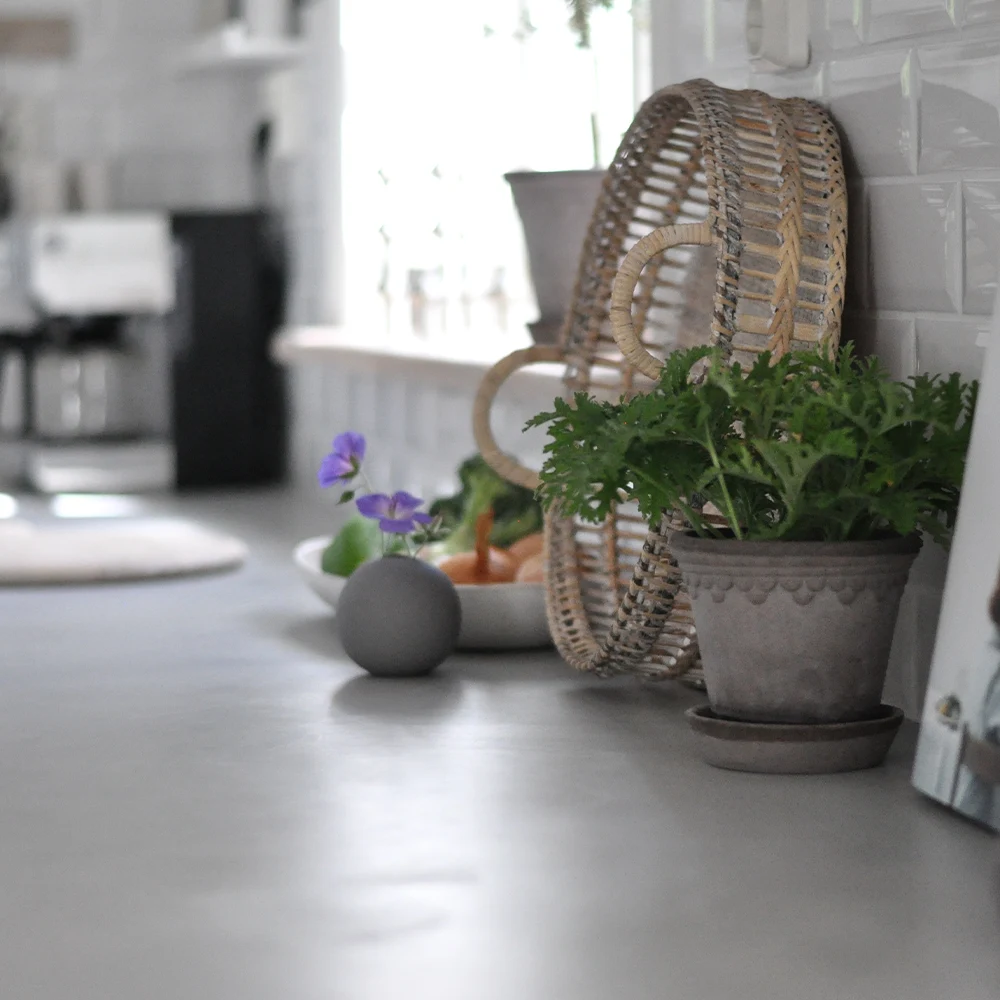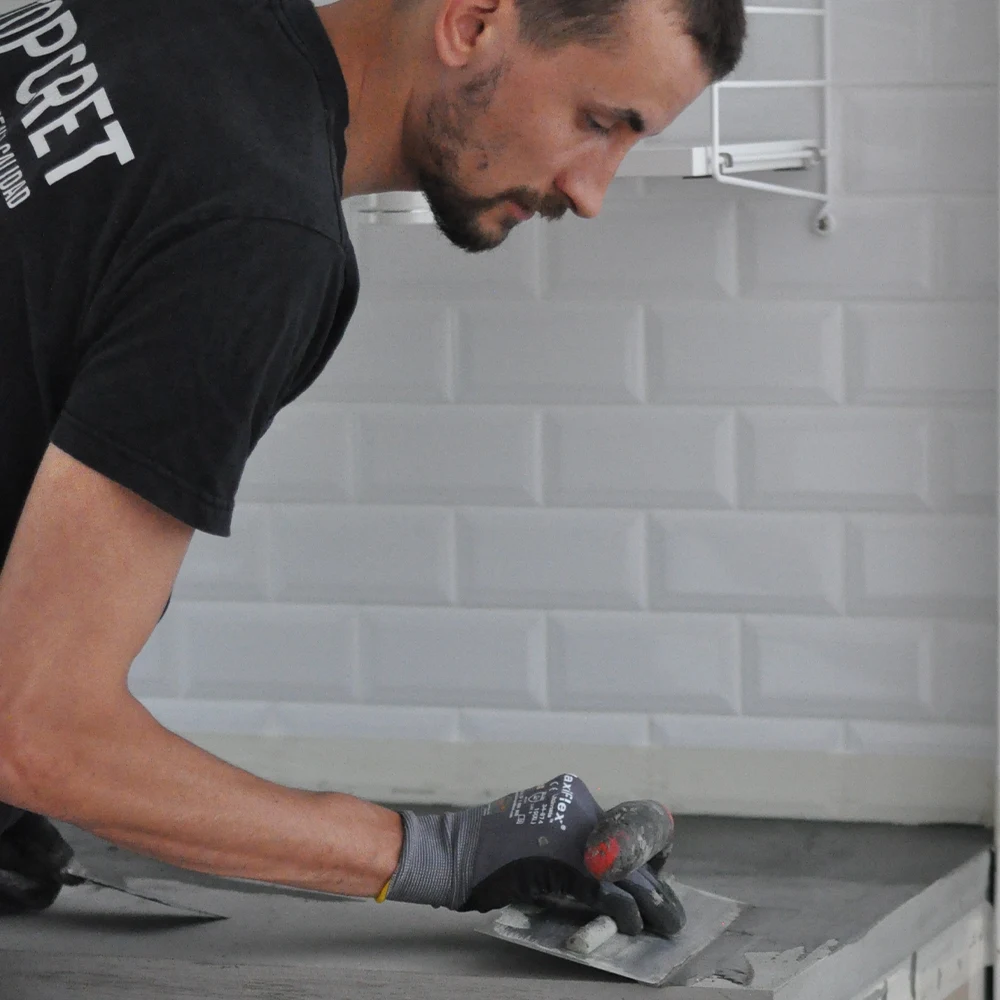Microcement Application on Walls: Interior and Exterior Walls
Microcement is also a great choice for interior and exterior walls. To apply microcement to walls, begin by preparing the surface by cleaning and repairing any imperfections. Once the surface is clean and dry, apply a primer and let it dry completely.
Next, use a trowel to apply the first coat of microcement evenly over the entire surface of the wall. Allow the first coat to dry for at least 24 hours before applying the second coat in the opposite direction. After the second coat has dried, use a fine-grit sandpaper to smooth out any imperfections.
Finally, apply a sealer to protect the surface and enhance its durability. With proper application and maintenance, microcement can provide a beautiful and long-lasting finish for your walls.







